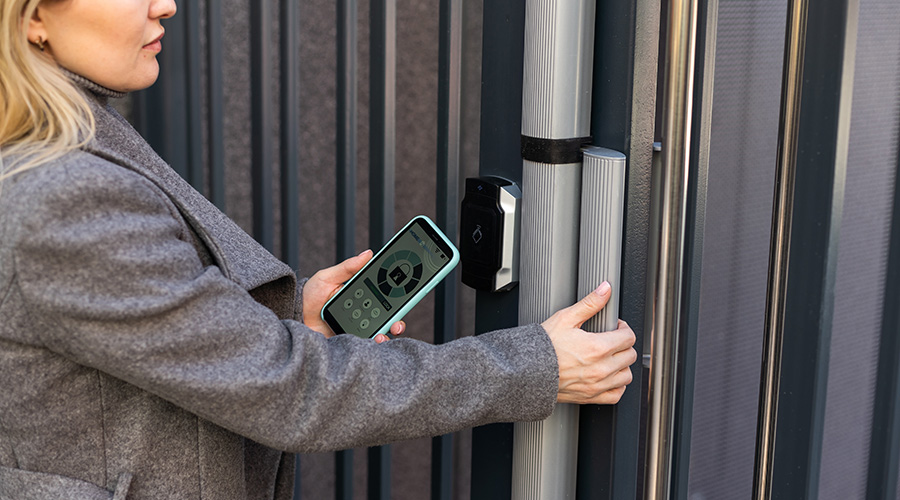When Planning Access Control System, It’s Crucial To Get IT Involved
The impoortance of IT-related issues for access control systems makes it essential to get IT involved in planning.
3. Get IT Involved
Most people believe that access control is a security system when in reality it's an IT system that uses a security "moniker" as its identification. Even in the basic, stand-alone hotel magnetic stripe system, a portable programmer is needed to program each of the individual door units with the times, access personnel, and other control information required to make it work. Many facility people treat this as a locksmith or key control responsibility. That's fine at the beginning, and only if the most basic of systems is being used.
Once system integration takes place and the facility is past the issuance of hard keys as the only method of access, then identifying a responsible person who has IT experience, or has been trained to make the transition to an IT-based system, is critical to keeping the systems functional and at peak operational status. One of the worst things that can happen with an access control system is that it won't let legitimate personnel access the facility because "the system is down."
Here's one good example of why IT involvement is crucial: Suppose you're determined to find the best system compatible with existing IT systems, one that will enable a smooth integration. Some vendors or integrators claim that their systems are compatible with all existing platforms, but they achieve "compatibility" by adding or revising a significant amount of software, and the cost to write that code may be prohibitive. Your IT staff can ensure that the new system actually is compatible with the current IT platform.
4. Look at the Wiring Infrastructure
While new construction provides the most flexibility with installation — because there's no need to pull wires — system upgrades do have the benefit of having existing wiring. That said, however, it's essential to realize that many new card reader systems require CAT 6 or CAT 5e (enhanced CAT 5) rather than the older CAT 5 cabling. In essence, CAT 6 and CAT 5e are faster and help eliminate the "cross talk" prevalent with CAT 5 cabling. It's essential for facility or security managers to be aware of cabling requirements at the start of the project; an access control system option that isn't compatible with the existing cabling infrastructure should not be considered. If the existing cabling infrastructure using only CAT 5 isn't compatible with the new system, the new system will not be able to use its Power Over Ethernet switches, which will raise the amount of hard-wired installations required.
Related Topics:















